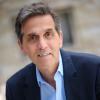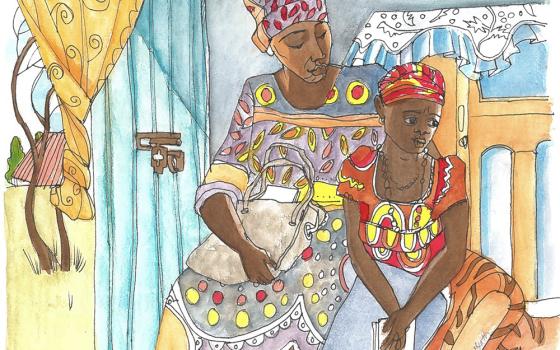There was a day many years ago, when an unlikely group of "media-elite-types" found a middle ground on the abortion issue. Unlikely because we were young, living in Manhattan -- and very sure of ourselves and our stance.
President Obama's speech at Notre Dame has sparked a discussion about "the middle." What is it exactly, and what does it mean to stand there? And how does one get there from somewhere else? For Obama, the middle means understanding each side, and approaching the discussion with respect.
Thanks to a young woman in Upstate New York, I think I know what he's driving at.
It was 1980. I was just out of college and a junior editor at a national publication headquartered in Manhattan. Part of my job was to seek out other young, unheard voices and bring them wider exposure. So when a short manuscript by a young woman from upstate New York landed on my desk, I didn't toss it aside. I opened it.
The writer was just out of college herself, and wrote about something I had not seen published before, at least not in a major publication -- the emotional toll that an abortion had taken on her. She'd had an abortion a year earlier, and could not get beyond it. The choice became a part of her: she wondered all the time if she'd done the right thing, and felt certain she would continue to wonder for the rest of her life. Her decision had shaped her in unexpected and unending ways.
I showed the piece to my colleagues and our main editor. Each one was struck by the same thing: how "new" the author's emotions seemed, and how her experience challenged very settled dogma within our group about this issue.
Remember: this was seven years after Roe v. Wade, which came in the middle of the sexual revolution and the women's rights movement. In the cloistered New York magazine publishing world, Roe v. Wade was seen as an integral part of both movements -- this went unquestioned. Any discussion began and ended there.
But a young writer changed all that. And to the credit of that small group of editors, change was allowed in. I called the author and asked her to come down to our offices on Fifth Avenue. A couple of days later, we sat with her in an empty side office and had the most personal, honest, and unadorned conversation about abortion I'd ever been part of.
She was just like us: educated, articulate, with goals and plans well-laid out. She was no advocate -- for either side in the debate. Indeed, her point was she really had no "side" anymore. She hadn't shifted from one end of the issue to the other. Instead, the experience made her understand this was a complex and layered decision -- utterly removed from the kind of macro political and social issues that magazine editors in New York talked about incessantly at cocktail parties and writers' gatherings.
Her story was published. She wrote to thank us for helping her make sense of what had happened during a scary and confusing crossroads in her life.
Clearly, she did the same for that group of once-certain magazine editors.
In the years since, the vast American center has struggled in fits and starts to find what the middle means when it comes to abortion. As the president said at Notre Dame, some differences may be irreconcilable. But is there a place for respect and understanding, inquiry and consideration? Is that the middle?
A young writer from a small town in upstate New York demonstrated that, yes, it can be.



